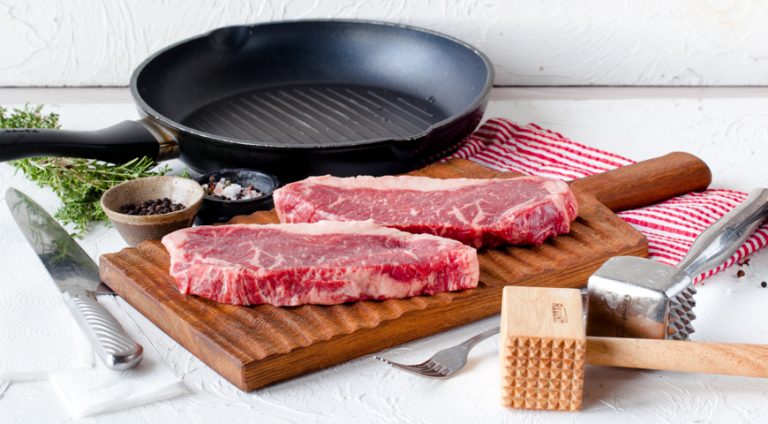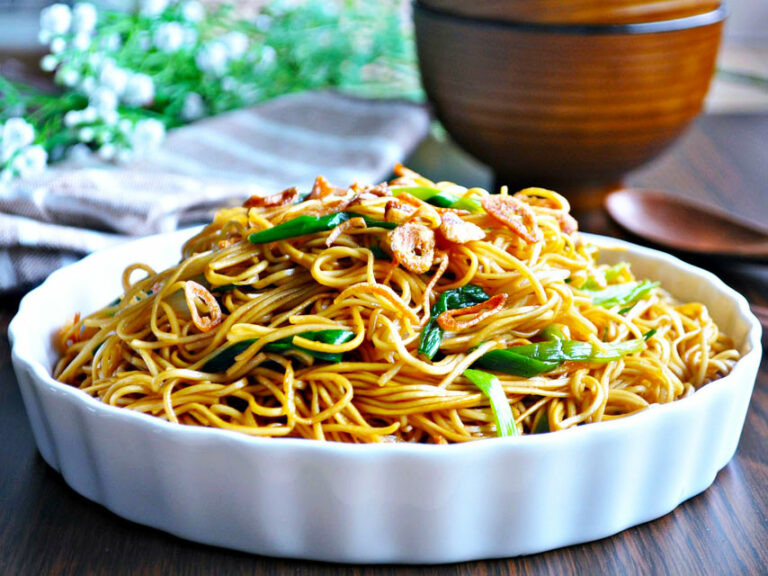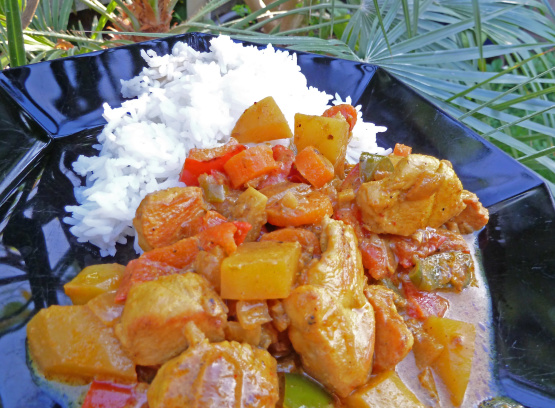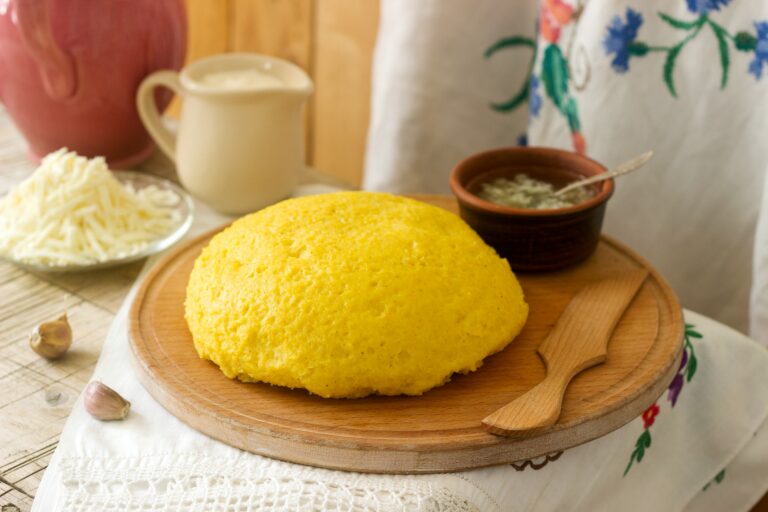 Are you in the process of moving into a new house? If so, it’s important to take some time to make sure your family is safe. Inspecting the locks of your home is usually the first thing that comes to mind. Keyless entry solutions are considered to be the best way to keep your home safe. You should also consider investing in a home security system that can detect burglars, fire, and water leaks.
Are you in the process of moving into a new house? If so, it’s important to take some time to make sure your family is safe. Inspecting the locks of your home is usually the first thing that comes to mind. Keyless entry solutions are considered to be the best way to keep your home safe. You should also consider investing in a home security system that can detect burglars, fire, and water leaks.
A crucial aspect of home safety that is often overlooked is checking for potential fire hazards. Make sure your smoke alarms are in working order and keep flammable items like matches and lighters out of reach of children. It’s also important to have an evacuation plan in case of a fire emergency.
Additionally, be mindful of potential environmental hazards. Test your water for lead, check for mold growth in damp areas, and properly dispose of any chemicals or pesticides. Keeping these considerations in mind will help ensure the safety and well-being of you and your family in your new home.
Here is a list of things you can do to ensure your home is as safe as possible.
- Have your home inspected by a professional to identify any potential problems
- Have all door and window locks inspected and have the locksmith change the front door locks
- Check for lead paint and asbestos in the home before you buy it
- Install carbon monoxide detectors in each room of the house
- Make sure all of your fire extinguishers are up-to-date and properly functioning
- Get a security system installed to keep your family safe while you’re away
- Create a disaster preparedness plan in case of an emergency
- Check the age of the home and whether it has been updated with safety features
- Check the age of the home and whether it has been updated with safety features
- Look for potential fire hazards, such as faulty wiring or overloaded outlets
- Make sure there is a working smoke detector in every room
- Check that all windows and doors can be opened and closed easily
- Inspect the yard for any potential dangers, such as sharp edges or poisonous plants
- Ask about the neighborhood – is it safe to walk around at night, etc.?
- Check the crime rate in the neighborhood
- Make sure there is a fire station nearby
- See if there are any registered sex offenders living in the area
- Ask if the house has been updated with newer safety features, such as carbon monoxide detectors and smoke alarms
- Find out how long it would take for emergency services to respond to your address in case of an emergency
- Drive or walk around the neighborhood during different times of day to get a feel for what it’s like living there










